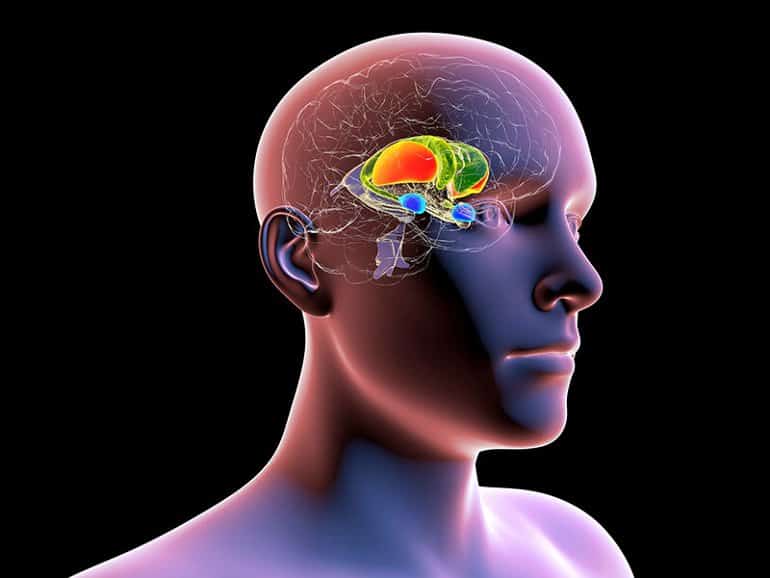Summary: Norepinephrine facilitates fear processing by stimulating a population of inhibitory neurons in the amygdala, generating repetitive bursting patterns of electrical activity. This activity changes the frequency of oscillations in the amygdala from resting state to aroused state, promoting the formation of fear memories.
Source: Tulane University
Experiencing a frightening event is likely something you’ll never forget. But why does it stay with you when other kinds of occurrences become increasingly difficult to recall with the passage of time?
A team of neuroscientists from the Tulane University School of Science and Engineering and Tufts University School of Medicine have been studying the formation of fear memories in the emotional hub of the brain—the amygdala—and think they have a mechanism.
In a nutshell, the researchers found that the stress neurotransmitter norepinephrine, also known as noradrenaline, facilitates fear processing in the brain by stimulating a certain population of inhibitory neurons in the amygdala to generate a repetitive bursting pattern of electrical discharges.
This bursting pattern of electrical activity changes the frequency of brain wave oscillation in the amygdala from a resting state to an aroused state that promotes the formation of fear memories.
Published recently in Nature Communications, the research was led by Tulane cell and molecular biology professor Jeffrey Tasker, the Catherine and Hunter Pierson Chair in Neuroscience, and his Ph.D. student Xin Fu.

Tasker used the example of an armed robbery. “If you are held up at gunpoint, your brain secretes a bunch of the stress neurotransmitter norepinephrine, akin to an adrenaline rush,” he said.
“This changes the electrical discharge pattern in specific circuits in your emotional brain, centered in the amygdala, which in turn transitions the brain to a state of heightened arousal that facilitates memory formation, fear memory, since it’s scary. This is the same process, we think, that goes awry in PTSD and makes it so you cannot forget traumatic experiences.”
About this PTSD research news
Author: Barri Bronston
Source: Tulane University
Contact: Barri Bronston – Tulane University
Image: The image is credited to Tulane University
Original Research: Open access.
“Gq neuromodulation of BLA parvalbumin interneurons induces burst firing and mediates fear-associated network and behavioral state transition in mice” by Xin Fu et al. Nature Communications
Abstract
Gq neuromodulation of BLA parvalbumin interneurons induces burst firing and mediates fear-associated network and behavioral state transition in mice
Patterned coordination of network activity in the basolateral amygdala (BLA) is important for fear expression.
Neuromodulatory systems play an essential role in regulating changes between behavioral states, however the mechanisms underlying this neuromodulatory control of transitions between brain and behavioral states remain largely unknown.
We show that chemogenetic Gq activation and α1 adrenoreceptor activation in mouse BLA parvalbumin (PV) interneurons induces a previously undescribed, stereotyped phasic bursting in PV neurons and time-locked synchronized bursts of inhibitory postsynaptic currents and phasic firing in BLA principal neurons.
This Gq-coupled receptor activation in PV neurons suppresses gamma oscillations in vivo and in an ex vivo slice model, and facilitates fear memory recall, which is consistent with BLA gamma suppression during conditioned fear expression.
Thus, here we identify a neuromodulatory mechanism in PV inhibitory interneurons of the BLA which regulates BLA network oscillations and fear memory recall.






